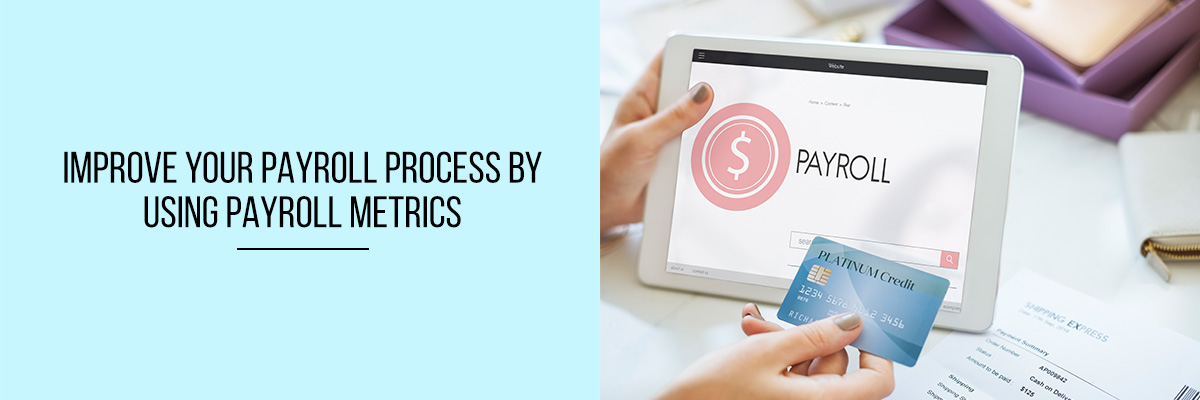Payroll is a staple of any company, but it can be more than just a means to an end. For instance, it can be used to measure the efficiency of your business operations, which in turn can help you identify areas where you can improve your business operations.
Payroll metrics are the best way to see where you can improve. If you are going to take the time to analyze your payroll data, you will want to see where it is the biggest problem areas. Identify what costs you the most money and what drains your time, and take action to fix the problem.
Payroll metrics can help you to recognize parts of your payroll process. Also, it helps to general business processes that are draining your money and time.
What are Payroll Metrics?
In a typical year, most employers spend a lot of time and money on payroll processing, including payroll processing payroll. Payroll processing is the process of tallying up your employee’s hours worked, collecting and paying their salaries and taxes, paying their benefits, issuing paychecks, and preparing them for tax filing. All of these processes can have a significant impact on your business, and all are vital aspects of keeping your company profitable.
Payroll is undoubtedly one of the most important components of a business’s accounting system. Payroll metrics are tools that can be used to monitor and evaluate your payroll functions. They also give insight into the quality of your payroll process. They provide information such as whether payroll is being completed on time, whether the process is error-free, and if payroll is being followed in accordance with industry standards and federal, provincial, and state laws.
Payroll metrics are a critical aspect of business management. They provide a window into the performance of a business, from the level of worker productivity to the usual suspects like the number of sick days taken, the percentage of time spent on the job, and the number of payroll hours. Business owners and managers need to be able to track payroll metrics to make business decisions.
Payroll KPIs
When it comes to payroll, each business has its own way of measuring and tracking employee performance and productivity and then communicating the results to its employees. For instance, you won’t find standard KPIs (key performance indicators) for payroll. Every business uses different payroll metrics.
Time To Run Payroll
In the business world, time is money. So, when it comes to payroll, it makes perfect sense to look at metrics that can help you optimize the amount of time it takes to run payroll. If you have a large staff, you may want to look at the number of individuals you employ, how many employees are paid weekly, the amount of cash they are paid, the hours worked, and the number of employees per hour. You may also wish to look at how well your employee’s performance correlates with their pay rate, as well as look at an employee’s performance over a period of time.
Benchmarks for Payroll Metrics
When a company has a strong culture and organizational structure, it’s easy to use (and effectively tell) stories to drive performance. Benchmarks help define clear measurements for success and help the organization focus on priorities and allocate resources.
To know more about payroll metrics, attend the Compliance Prime webinar.


